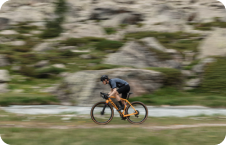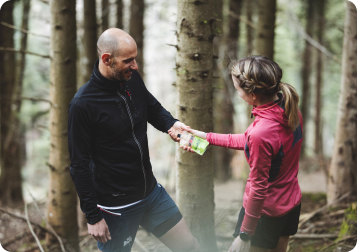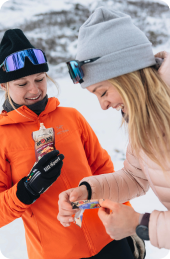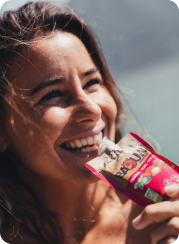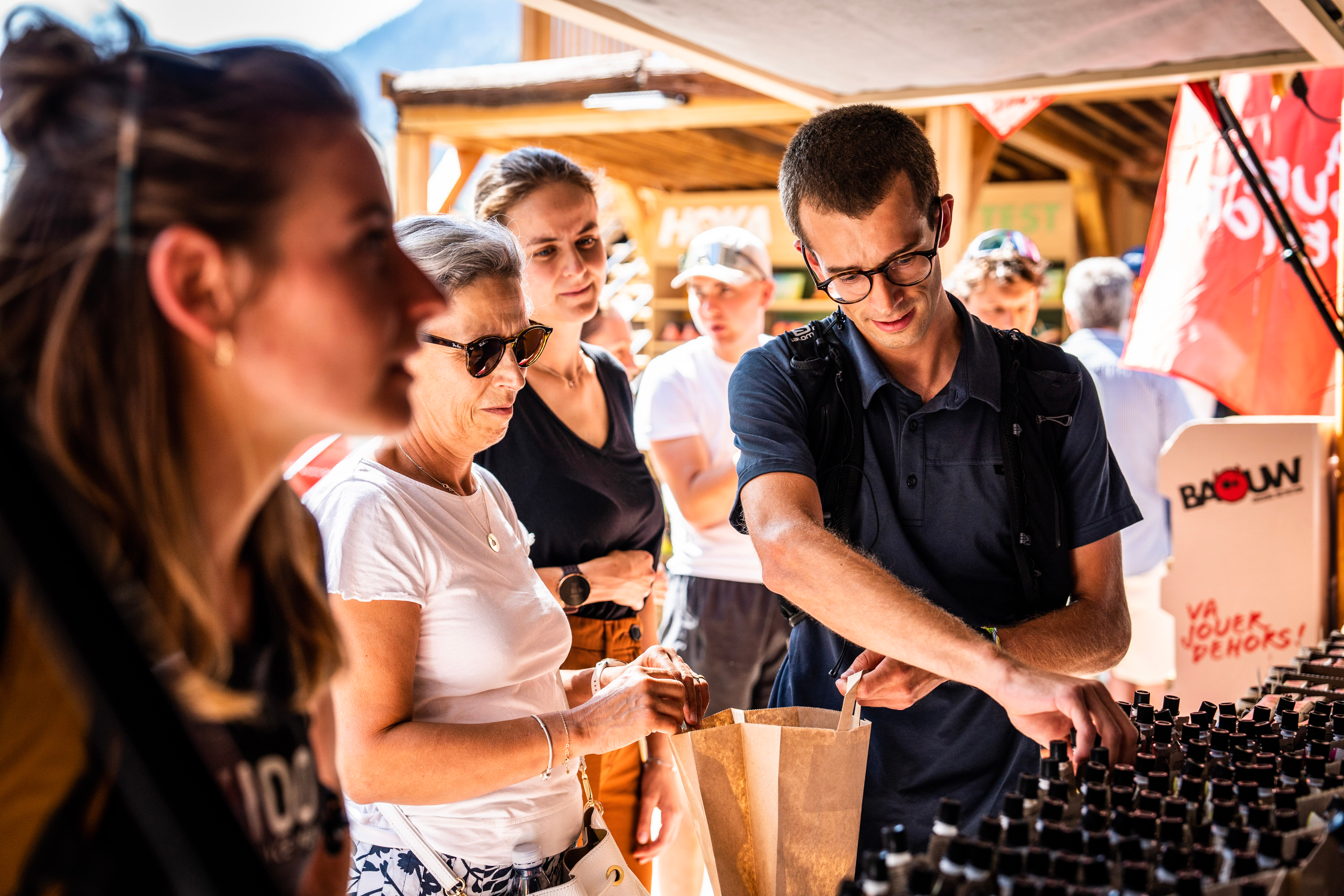Cramps after physical effort: understanding them better to avoid them
Every athlete suffers from cramp at one point or another during a sports training programme. While it can sometimes be alleviated by slowing down the pace for a few moments, at other times it can be so severe that physical exertion must be stopped immediately without further ado. That's tough when you're well into your workout! But cramp is a sneaky thing: it can also appear after sport, when the body is in the midst of recovery.
What is cramp? How does it affect physical effort?
Muscle cramps are sudden, involuntary contractions of one or more muscles. They are characterized by more or less intense pain and rigidity of the affected muscle, lasting from a few seconds to several minutes. From a physiological point of view, cramps are the result of hyperactivity of the motor neurons, the nerve cells responsible for muscle stimulation. It is this hyperactivity that causes the sustained, involuntary contraction of muscle fibers. But what is the cause of this sudden excess of motor neuron activity?
What are the physiological mechanisms behind exercise-induced cramps?
Several factors can contribute to the physiological phenomenon of cramps, including:
- dehydration: excessive fluid loss, often through perspiration, can upset the body's electrolyte balance, particularly sodium, potassium, calcium and magnesium. These electrolytes are essential for nerve signal transmission and muscle contraction, so a deficiency in any of these minerals can cause involuntary muscle contractions.
- muscle fatigue: excessive or prolonged use of a muscle can lead to an accumulation of metabolites such as lactic acid, which can irritate nerve endings and cause cramps, even after physical exertion. Muscle fatigue also impairs the ability of muscles to contract and relax normally. Was your last workout particularly intense? Read our article on servenother important factor in limiting cramps!
- Insufficient blood supply: during intense physical activity, the muscles involved need more blood to supply them with the oxygen and nutrients they need to perform. Insufficient blood supply can lead to cramps.
Preventing and treating cramps after physical effort
Now that we've shed some light on the origins of cramps, let's focus on what you can do to prevent them, but also to relieve them once they've set in. Spoiler alert: it's important to consider several aspects of training and recovery.
Proper hydration to avoid cramps after physical effort
Drinking enough water before, during and after exercise is essential to maintain a good fluid and electrolyte balance. Isotonic drinks can also be useful for replenishing electrolytes lost through sweat. For the 100% natural version, you can turn to our energy gels, which will provide you with the carbohydrates, fiber and fatty acids necessary for physical effort, as well as the famous minerals whose deficiency is the cause of cramps.
Warming up and stretching to help muscles relax
A proper warm-up before exercise prepares muscles for exertion by boosting blood circulation and increasing body temperature. Post-exercise stretching helps relax muscles and prevent cramps.
Balanced nutrition to ensure your mineral intake
To avoid electrolyte imbalances, don't hesitate to opt for a diet rich in minerals, particularly potassium (found in bananas and oranges), calcium (dairy products and green vegetables) and magnesium (nuts and seeds). Bananas, cashews, etc. doesn't that remind you of the composition of our ?
Rest and recovery: barriers to post-exercise cramps
Every good training program includes recovery. Adequate rest allows muscles to repair and recover from micro-injuries, helping to reduce the risk of post-exercise cramps. Massages and hot baths can also help to gently relax tense muscles. Indeed, heat improves blood circulation through the vasodilatation mechanism, helping to relax muscle contractions.
Cramps after physical effort are a common but avoidable phenomenon. Correct hydration, a balanced diet and appropriate training practices are a very good starting point for maintaining healthy muscles and avoiding the onset of those sudden, unpleasant muscle contractions that occur with any physical activity. No more excuses not to go out and play!



